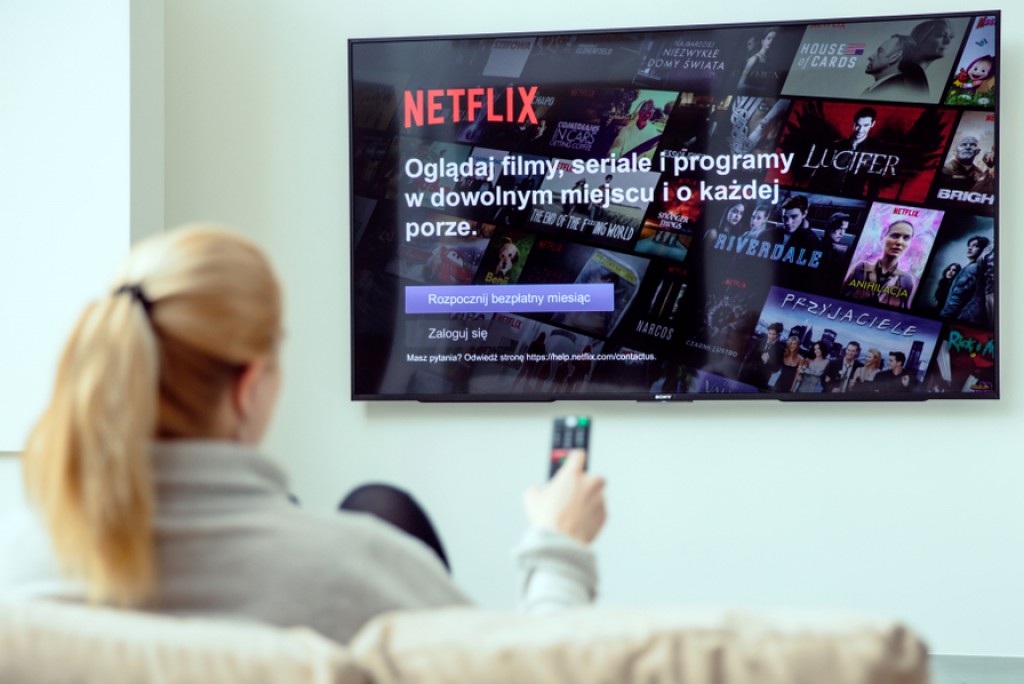AVOD services are in a unique position. While these old-school tactics may be “good enough” for OTT, there’s an opportunity to do better and to define a whole new genre of video advertising. So the question OTT services need to ask is: “If anything were possible, what kind of ad experience would we want to build?” To try to answer that question, it helps to focus on what OTT offers in terms of personalization.
Pathway to personalization
Personalization has been promised to digital advertisers for years, but technology companies have found it difficult to deliver truly personalized results. Still, consumers demand personalized experiences, and the rise of OTT itself serves as a great example of that. Viewers want the convenience to watch what they want, when they want, which is why they are eschewing the traditional TV model for on-demand services.
The desire for personalization is also moving consumers toward niche services that align with their tastes. Netflix, Disney, Apple and Hulu get plenty of headlines, and their content models offer something for everyone. But for every big-tent provider, there exists a smaller, niche OTT offering. SVOD has services like the Criterion Channel, for historically important films. In AVOD, there are players likeCrunchyRoll, an anime-focused service. There is an opportunity for the ad products and ads themselves to reflect those different niches.
Self selection
One way to accomplish this would be to present users with a grid of product categories, allowing the viewer to select what’s of interest to them by making, say, 10 choices. The viewer could select across a number of categories: golf, tennis, business, social responsibility, South American travel ans so on. This information would then be turned into a profile of the user’s advertising preferences, enabling the video service to deliver a more-positive ad experience, while also using the data to sell targeted, addressable media to advertisers.
Nontraditional messaging
These don’t necessarily need to be traditional ad messages either. They can be high-quality content, with a story and a narrative. If it’s well produced, and viewing that content is the price of entry for access to the premium programming the service offers, then viewers will be receptive.
This should appeal to advertisers as well, provided they are willing to embrace granular audiences and give up on the idea of ratings points and massive scale. Traditional TV may be on the decline, but it’s a slow decline, and will still be viable for awareness campaigns. OTT can offer a much more focused experience to an audience of hand-raisers. If 300,000 viewers self-identify as golf fans, that’s an appealing audience size for a golf brand to pursue.
OTT can deliver better efficiency than TV, coupled with the advanced targeting capabilities of digital. To unlock that magical combination, it needs to be treated as a unique channel that delivers a better customer experience than both the existing TV and digital channels. Deep personalization can deliver that experience.
Dan Hurwitz is chief revenue officer at Penthera. This article has been published in collaboration with Adage.com






